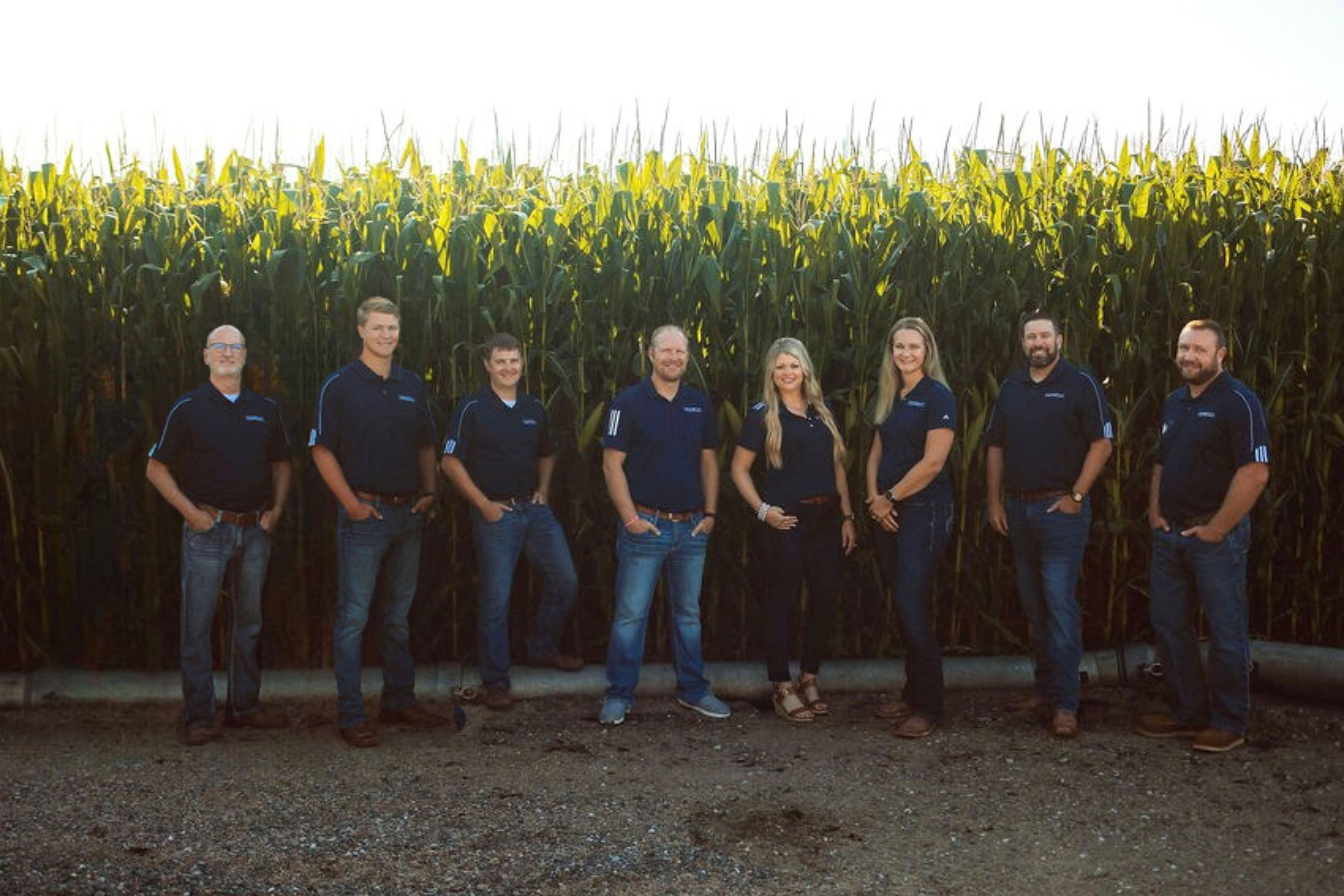Here's What You Need to Know About Working Capital
By: Bret Tiller, Senior Vice President Lending
Many agricultural producers are coming off a fairly profitable year in 2022 and have excess cash to spend on their operations. It could be tempting to use excess cash to make capital purchases for the farm or, worse yet, for non-farm purposes; however, protecting the liquidity you have built will help you reduce financial pain when high commodity prices fall. Oftentimes, working capital isn’t a priority so it’s easy to ignore until it’s no longer there.
What is working capital?
Working capital is the liquid funds that a business has available to meet short-term financial obligations. The amount of working capital is calculated by subtracting current liabilities from current assets. Current assets include cash, accounts receivable, inventories of grain and livestock, and inputs or resources to be used in production such as feed, fertilizer, and other inputs. Current liabilities include accounts payable, unpaid taxes, accrued expenses, including accrued interest, operating lines of credit, and principal payments dues this year on long-term loans.
Why the fuss?
Working capital provides the short-term reserves needed to respond to financial stress. Anyone affiliated with agriculture knows that we work in a fluctuating industry with ups and downs. Further, higher input costs again this year will likely increase working capital needs in the year ahead. From a lending standpoint, it helps communicate to your lender and other financial partners your ability to service debt obligations and take advantage of opportunities as they come up.
How much is enough?
The answer to this question depends on several factors such as size, risk characteristics, and volatility in the markets and your operation. A goal often targeted is a 20-30% buffer or working capital that is 20-30% of gross revenue or total expense. Again, this is very operation specific. If margins are expected to be tight for a year or two, your lender may look for a larger buffer to help weather the storm of uncertainty.
Put a plan in place to improve working capital.
If you identify the need to improve working capital, you should consult with your lender and other farm advisors to devise a plan. Some potential ways to improve working capital include:
- Using extra cash generated by the farm to pay accounts payable or to reduce your operating line of credit, rather than making extra payments on term loans
- Avoiding spending excess cash on non-farm items, or unnecessary capital assets
- Considering selling unused or non-income producing assets to build or replenish working capital
Oftentimes, I see working capital shortfalls a year or two after very profitable years. Producers tend to make investments in capital assets that have debt needing to be serviced on an annual basis. Even if your farm is not currently experiencing financial stress, building and maintaining a strong working capital position should be a top priority and will help you take advantage of possible opportunities that may arise. You loan officer is well prepared to assist you in developing a strategy for working capital in your operation. This may be the perfect year to focus on it!




